Introduction: The Future of Conservation
The only limit to our realization of tomorrow will be our doubts of today. - Franklin D. Roosevelt. This immortal nugget of wisdom resonates deeply as we face daunting challenges in conserving Earth's wildlife. With rampant poaching and relentless habitat destruction, one could say it's a jungle out there. Literally. Enter AI Rangers—armed not with lassos but a load of code, ready to swing into action. Shiny new helpers poised to assist in the age-old battle to save our furry, feathered, and scaled friends. Could robots and STEM be the modern-day knights in digital armor wildlife urgently needs? Join us as we venture into the heart of the jungle, quite like Dr. Jane Goodall once did, exploring how artificial intelligence might just bridge the gap between conservation urgency and feasible action. Not all heroes wear capes; some wield algorithms 🚀!
AI Rangers are cutting-edge systems using artificial intelligence and robot technologies to monitor, protect, and manage wildlife from threats such as poaching and habitat destruction.
The Current State of Endangered Species
On an average day, about 150 species silently fade into extinction. Yes, you read that right, and the clock isn't slowing down. This alarming trend paints a grim picture of the health of our planet’s biodiversity. Researchers like E.O. Wilson and authors like Elizabeth Kolbert have heralded the crisis, spotlighting the dramatic loss of species that would give even Shakespeare the shudders. The International Union for Conservation of Nature (IUCN) keeps a vigilant eye, documenting species on their brink, but their Red List reads like a directory of doom.
Understanding Endangered Species
Plunging into the IUCN categories is akin to reading a textbook under a sad cloud on a rainy Monday. Species are classified based on risk levels: from Least Concern to Vulnerable, Endangered, Critically Endangered, and finally, Extinct. Take the vaquita, a sleek, elusive porpoise with numbers as low as my grandma’s Wi-Fi bars. Organizations tirelessly strive to preserve these creatures, but why wait for a superhero? In walks AI, capable not just of algorithms but of lending a mechanical hand to these habitat-hurdled hoppers.
Global Effects of Poaching
Picture poaching as an unexpected thief in the night—or rather, a not-so-stealthy intruder having a buffet of elephants and rhinos. Beyond biodiversity, it threatens entire ecosystems. Wildlife experts like Wildlife Conservation Society actors Luke Dollar and Geoffrey McClain often highlight its ripple effects. Ecosystems are like nature's Jenga tower: knock out a few species, and the whole pyramid wobbles. Poaching triggers a cascade, disrupting ecological harmony, reducing natural checks and balances.
But enough with the doom and gloom cocktail. Enter tech’s cavalry: AI. Unraveling complex data knots, predicting hotspots like Nostradamus in binary, and doing it faster than you can say "endangered." As more conservationists harness tech, we return with gusto, unraveling the threads of despair towards solutions titans like National Geographic once deemed impossible.
Technological Innovations in Conservation
Remember the days when conservation was about binoculars and clipboards? Well, those days are gone! Now, we're talking high-tech gadgets fit for a sci-fi movie. The evolution of technology is bringing remarkable changes in how we address wildlife conservation. Drones, sensors, and AI are emerging as modern-day superheroes, with capes made of microchips and propellers, swooping in to save the day. Let's take a closer look at how these gadgets work their magic in conserving our natural habitats.
-
Use of Drones in Wildlife Monitoring
Picture this: little flying robots capturing breathtaking aerial views while nosy enough to prevent poaching. Drones, the unsung aerial vigilantes, serve as eyes in the sky, offering unprecedented surveillance capabilities. These mechanical guardians help track animal movements, identify potential threats, and gather valuable data. As drones buzz over savannahs and dense forests, they empower conservationists with real-time information to make swift decisions. Learn more about drone technology here.
-
Remote Sensing and AI
Remote sensing, or as it's known in tech circles, "satellite vision," pairs perfectly with AI, much like peanut butter and jelly. This dynamic duo takes wildlife monitoring to the next level. With AI’s mind-bending data-analysis capabilities and remote sensing's earth-observing prowess, scientists can identify habitat changes and forecast potential dangers to wildlife. Picture AI as Sherlock Holmes piecing together a jigsaw puzzle of ecosystems, while remote sensing is Watson, making sure not a single clue is missed. It's a bit cosmic, a bit geeky, but utterly impressive. Delve into remote sensing technology here.
Case Studies: Successful Applications of AI in Wildlife Protection
To understand how these technological breakthroughs are shaking things up, let's dive into a couple of fascinating real-world stories. Tales where AI didn't just sit in data centers but went out into the wild, protecting our planet’s most precious inhabitants like a valiant knight with a digital sword.
-
Case Study: African Parks Network
Imagine patrolling vast landscapes of wilderness bigger than some countries. The African Parks Network accomplished this incredible feat using drones as virtual park rangers. By covering extensive areas with aerial surveillance, these drones help conserve ecosystems and life therein by detecting potential poachers faster than you can say "stop right there!" Thanks to drones, poaching incidents have plummeted, proving that technology, when prudently deployed, has the power to preserve our planet's splendor.
-
Case Study: WildTrack's Footprint Identification Technology
Aspiring detectives, take note! WildTrack's innovative Footprint Identification Technology (FIT) proves that even a footprint can tell a thousand tales. This AI-powered brainchild analyzes animal tracks to monitor and protect various species. By turning everyday footprints and patterns into critical data, FIT adds some major smarts to wildlife protection efforts. Who would've thought that becoming a literal track-star can help save endangered species?
Ethical Considerations in AI and Wildlife Conservation
The marvels of artificial intelligence are akin to the double-edged sword of legendary tales. On one hand, they offer salvation; on the other, potential pitfalls await. As we embrace AI's capabilities to protect endangered species, an ethical conundrum emerges. Are we treading the fine line between safeguarding wildlife and intruding upon the sanctity of untouched nature? The ethical considerations surrounding AI in wildlife conservation demand a thorough examination to navigate these uncharted waters cautiously.
Privacy and Surveillance Issues
Imagine the wilderness, once an untouched paradise, slowly transforming into a surveilled zone, not unlike a futuristic sci-fi movie. In our quest to protect, have we violated the sacred space of nature? Cameras mounted on drones or camouflaged in trees serve as the eyes of AI, scrutinizing every move. But do these omnipresent sentinels also watch the local tribes or forest dwellers? Are we sacrificing their privacy in our quest to save wildlife? It's crucial to strike a balance between protection and intrusion, ensuring AI systems respect both nature and human rights.
Socioeconomic Impact on Local Populations
The ripple effects of AI deployment extend to the villages nestled around endangered habitats. While the technology envisions a protective web over wildlife, it must also weave dreams of prosperity for the surrounding communities. A lifeline for endangered species can double as a ladder for local development. Can AI create jobs, foster educational opportunities, or renew the spirit of traditional conservation values among the indigenous populations? Understanding and integrating community needs foster a holistic approach, promoting coexistence where technology doesn't overshadow but complements human effort.
Future Directions: The Role of AI in Global Conservation Efforts
The symphony of technology and conservation has just begun. The future beckons with an opera of possibilities, celebrating the union of AI and nature. Imagine a conservation landscape where AI architects pathways, guiding species back from the brink and into the thriving continuity of life. As AI's role in this grand endeavor evolves, new harmonies emerge—collaborations fostering global alliances and data-driven insights shaping smart conservation strategies.
Enhancing Collaboration via AI Platforms
Picture a digital agora where conservationists, AI experts, and global citizens unite. By enhancing collaboration through AI platforms, stakeholders forge connections that transcend borders. Information becomes a shared currency, exchanged seamlessly, fostering a sense of collective ownership of the planet's future.
-
ResearchGate: Empowering researchers with a platform for knowledge sharing.
-
World Wildlife Fund: Leading the charge in global conservation initiatives.
-
Are you ready to join hands with the global pioneers?
Predictive Analytics for Conservation
The future hides mysteries, but with AI as our oracle, patterns unravel. Predictive analytics paints a picture of possibilities: where will poachers strike next? How might shifting climates reshape habitats? Armed with insights, conservationists transform from mere responders to proactive sentinels, anticipating and averting crises.
The relentless march of data-driven insights is akin to a secret compass, guiding conservation strategies that are anticipatory rather than responsive. As these advances solidify, one must ponder: does the journey of AI in conservation transcend mere machine logic, reaching for a compassionate association with nature's pulse?
AI Solutions: How Would AI Tackle This Issue?
As artificial intelligence continues to evolve, it offers an unprecedented opportunity to deploy solutions that could effectively combat the complex challenges facing endangered species. Imagine a multi-faceted AI system, seamlessly integrating data collection, analysis, community engagement, and real-time response capabilities. Here’s how AI can approach the monumental task of wildlife protection.
-
Step 1: Data Collection
Utilizing satellite imagery, drones, and ground sensors to gather detailed data on wildlife populations and habitat conditions. Satellite data from companies like Planet Labs can provide timely updates on vegetation changes and land use patterns, while drones can capture on-ground realities in real-time.
-
Step 2: Real-Time Monitoring
Implementing AI algorithms designed to analyze data instantaneously, providing alerts for unusual activity, such as potential poaching events. For instance, integrating AI analysis with systems like Animalogic can enhance the capability to identify and respond to threats as they arise.
-
Step 3: Predictive Analytics
Developing models that can predict potential poaching hotspots. By analyzing historical data, environmental variables, and socio-economic factors, AI can identify areas at high risk, allowing conservationists to allocate resources more effectively.
-
Step 4: Automated Response Systems
Deploying automated drones equipped with advanced surveillance cameras and thermal imaging capabilities to monitor areas identified as high-threat zones. By working with technology partners like DJI, organizations can enhance surveillance efficiency and response times.
-
Step 5: Community Engagement Platforms
Creating applications that inform and engage local communities in conservation efforts. Utilizing platforms like Nextdoor can empower local residents to report suspicious behavior and participate in wildlife monitoring, making them key stakeholders in conservation.
Actions Schedule/Roadmap (Day 1 to Year 2)
The following actionable steps outline a comprehensive two-year timeline for implementing AI solutions in wildlife protection. This roadmap blends community collaboration, technological partnerships, and strategic planning to foster sustainable conservation practices:
Day 1: Assemble a multi-disciplinary task force comprising wildlife conservationists, data scientists, community leaders, and technology experts. This core team will form the foundation for project leadership. Day 2: Conduct a thorough literature review of current conservation technologies. Collaborate with research institutions like World Wildlife Fund (WWF) to access the latest insights in wildlife conservation. Day 3: Engage local conservation organizations to gather insights. Each partnership will be strategically chosen to ensure representation from regions with critical wildlife populations. Week 1: Identify priority endangered species and their habitats. Leverage data from the IUCN Red List to focus resources where they are most needed. Week 2: Utilize historical data to map out potential poaching zones. Engage local communities for their invaluable knowledge and anecdotal evidence. Week 3: Collaborate with university technology transfer offices (e.g., Stanford University) to design the technical architecture of an AI-driven platform. Month 1: Forge partnerships with tech companies for drone technology and AI solutions. Pilot projects might engage organizations like Birdseye for cutting-edge aerial surveillance techniques. Month 2: Initiate field trials using UAVs (Unmanned Aerial Vehicles) in selected high-risk habitats to test data collection methodologies and refine operational protocols. Month 3: Launch dedicated mobile applications for community participation in conservation efforts. Partner with companies such as AppFolio to develop user-friendly platforms that enable local reporting of wildlife sightings or suspicious activities. Year 1: Officially launch the pilot AI monitoring program in collaboration with local communities, employing feedback mechanisms to ensure continuous refinement and enhancement. Year 1.5: Evaluate pilot program effectiveness through iterative analyses, ensuring adaptability of strategies based on collected data and community needs. Year 2: Expand deployment to additional regions and species, building on the continual learning from pilot phases. Further, secure funding through grant applications and partnerships with NGOs and corporations invested in sustainability efforts.
Conclusion: A New Dawn for Conservation
As we embrace the technological revolution, AI emerges as a beacon of hope for wildlife conservation. We stand at the crossroads where innovation meets nature, allowing us to combat poaching and habitat loss while respecting the very ecosystems we seek to protect. By leveraging AI-driven solutions, from drones surveying treetops to predictive algorithms safeguarding wildlife, we can reshape our approach to conservation. It’s a task that requires collaboration—not just between scientists and technologists but also with indigenous communities, organizations, and everyday citizens. Our combined efforts will forge robust protections around Earth's endangered species and their habitats, enabling our shared planet to flourish. The call to action is clear: let's not just dream about protection for our vanishing wildlife; let’s take action now, uniting technology with our innate responsibility to the natural world. What role do you envision for AI in protecting the beauty and diversity of our planet? We’d love to hear your thoughts in the comments!
FAQ: AI Rangers and Wildlife Conservation
-
What are AI Rangers?
AI Rangers are systems that use artificial intelligence to help watch over and protect wildlife, especially animals that are in danger of disappearing.
-
How do drones assist in wildlife conservation?
Drones are like flying robots that can take pictures from the sky. They help conservationists see where animals are and if they are safe. With tools like Drones for Good, drones can also help monitor specific areas for poaching activities.
-
What are the ethical concerns surrounding AI in conservation?
There are important questions about privacy when using cameras and drones. It is vital to think about how this technology is used and whether or not it respects the local communities. For instance, Electronic Frontier Foundation discusses privacy rights in technology.
-
Can AI predict future poaching threats?
Yes! AI can use data from the past to find out where poaching is likely to happen in the future. By studying patterns, AI can help rangers know where to focus their efforts.
-
How can local communities engage with AI conservation efforts?
Local people can play a major role by collecting data and helping set up technology in their areas. Many communities have programs that encourage local involvement, such as Wildlife Forum, which connects locals with conservation efforts.
-
What are some successful examples of AI used in wildlife protection?
Organizations like African Parks use drones and AI to monitor wildlife in Africa. Another example is WildTrack, which employs AI to recognize animal footprints to help monitor endangered species.
-
How does AI help with monitoring animal numbers?
AI can count and track animal populations using images captured by cameras and drones. This helps us understand how many animals are left and if they are safe. With tools like ZSL (Zoological Society of London), AI helps in gathering crucial data.
-
Can technology really make a difference in conservation?
Definitely! By using technology, we can better protect endangered species. It makes monitoring easier, faster, and helps us respond quickly to threats. Organizations across the world are now embracing tools for conservation using AI.
-
What role do scientists and researchers play?
Scientists and researchers develop new technologies and methods. They help analyze the data collected to understand better how to keep wildlife safe. Many universities, like Stanford University, contribute to this research.
-
How can I contribute to wildlife conservation?
You can help by spreading awareness, supporting conservation organizations, or even volunteering for local projects. Every action counts! Check out National Wildlife Federation for more ways to get involved.
Wait! There's more...check out our gripping short story that continues the journey: The Balance of Life
Disclaimer: This article may contain affiliate links. If you click on these links and make a purchase, we may receive a commission at no additional cost to you. Our recommendations and reviews are always independent and objective, aiming to provide you with the best information and resources.
Get Exclusive Stories, Photos, Art & Offers - Subscribe Today!

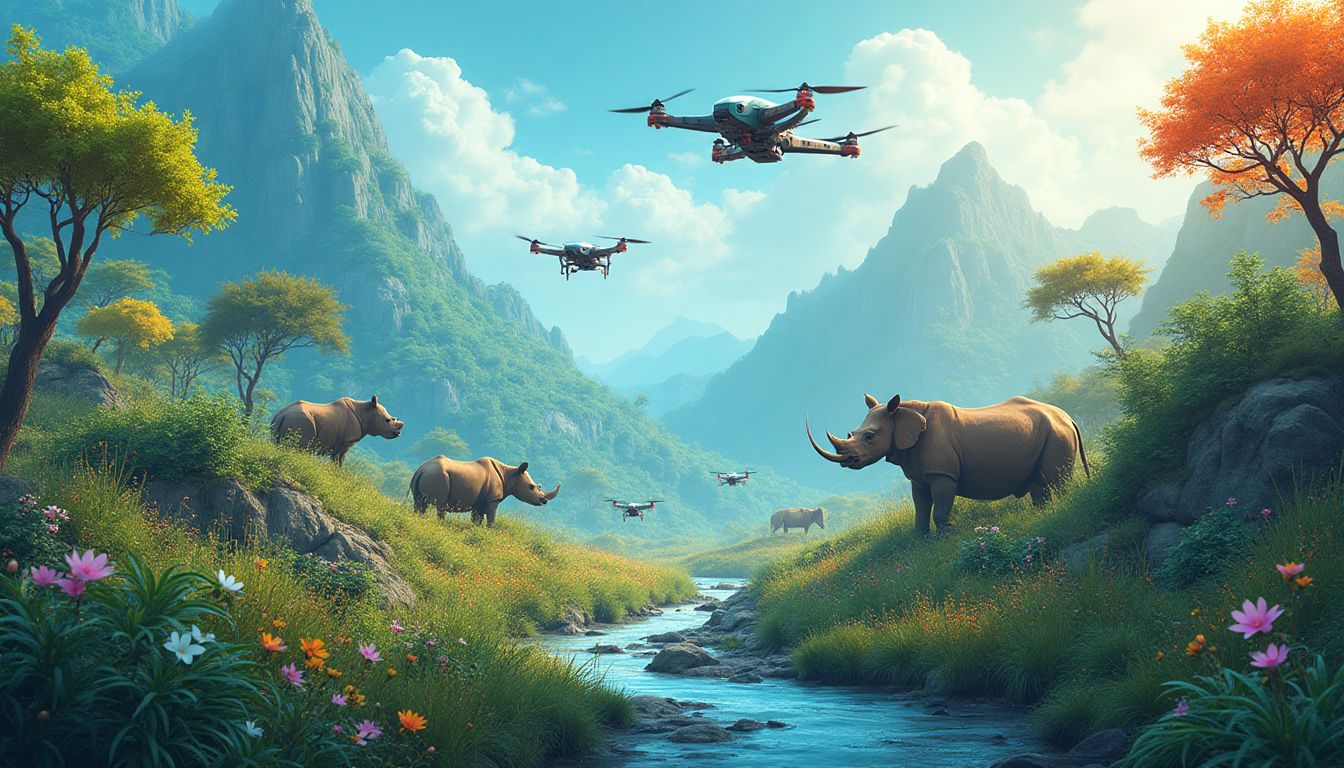
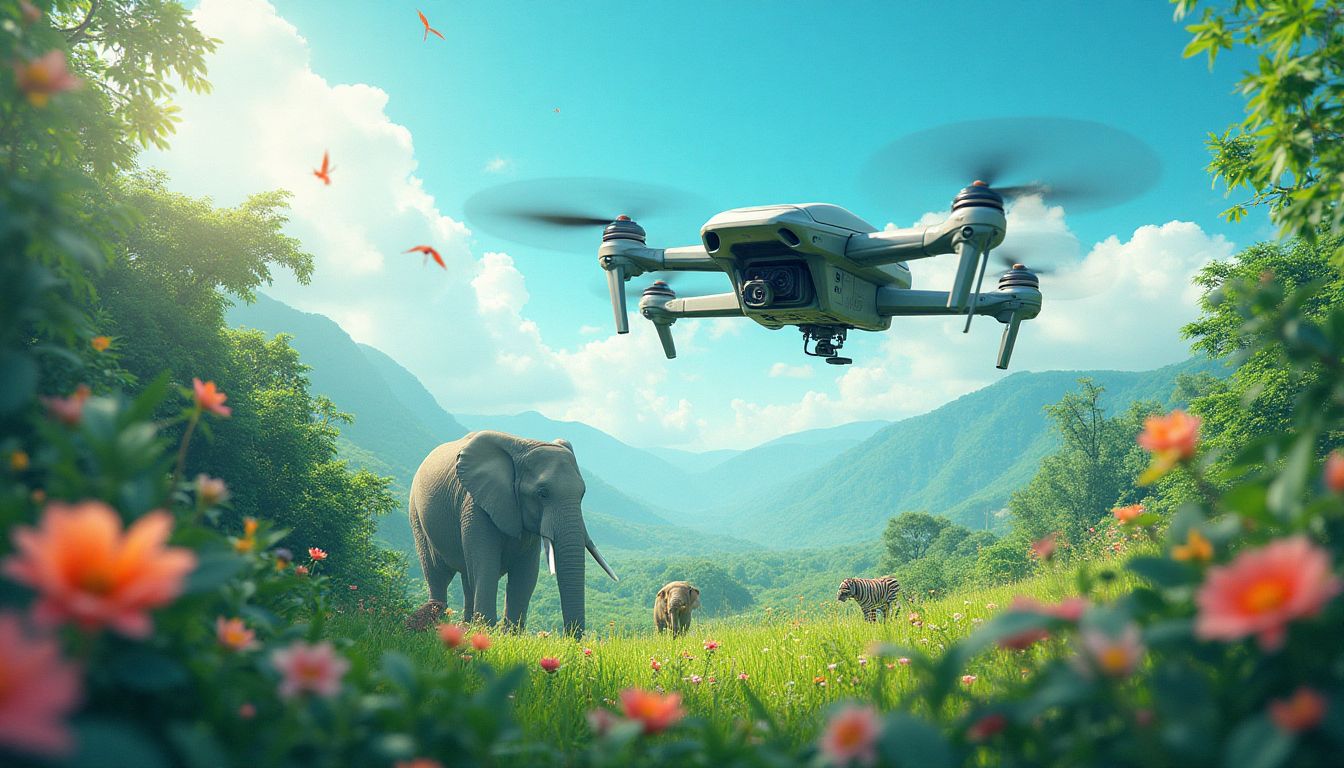
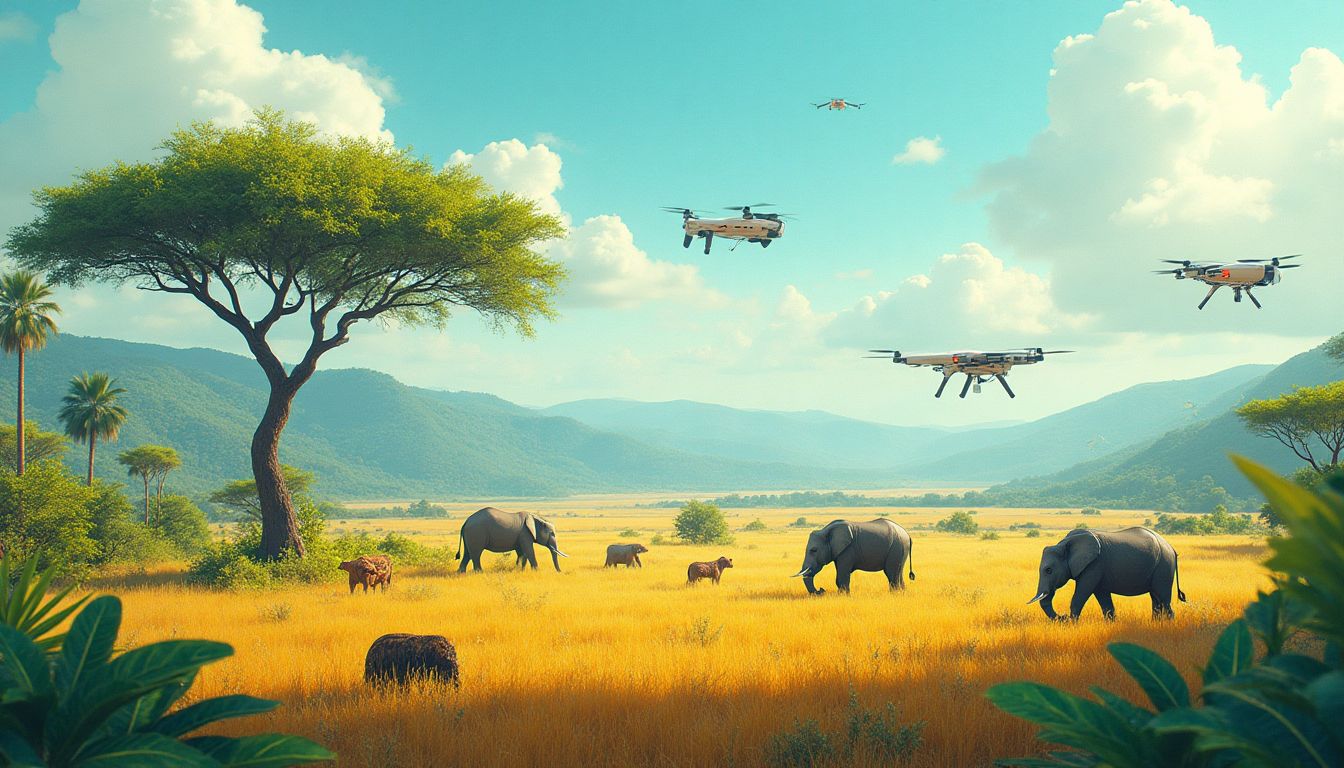
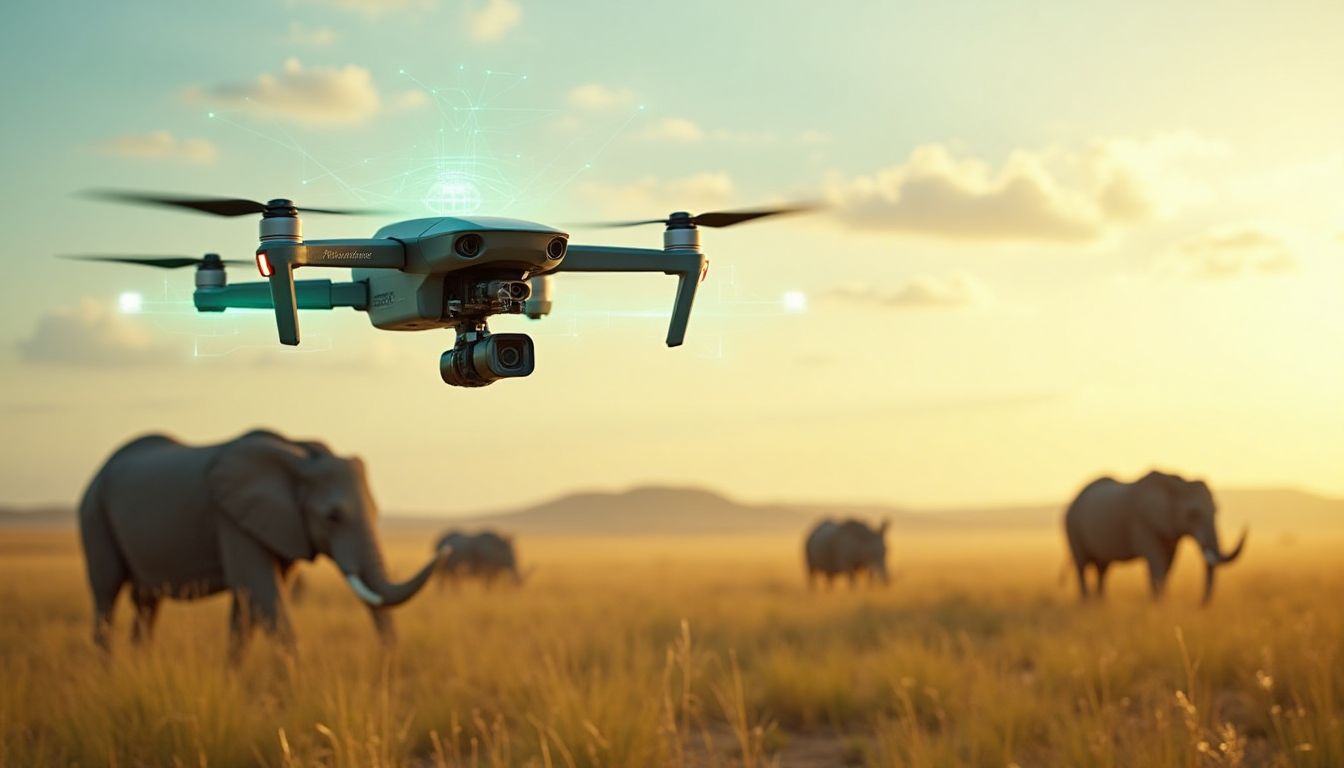





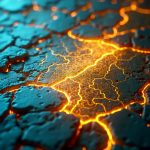
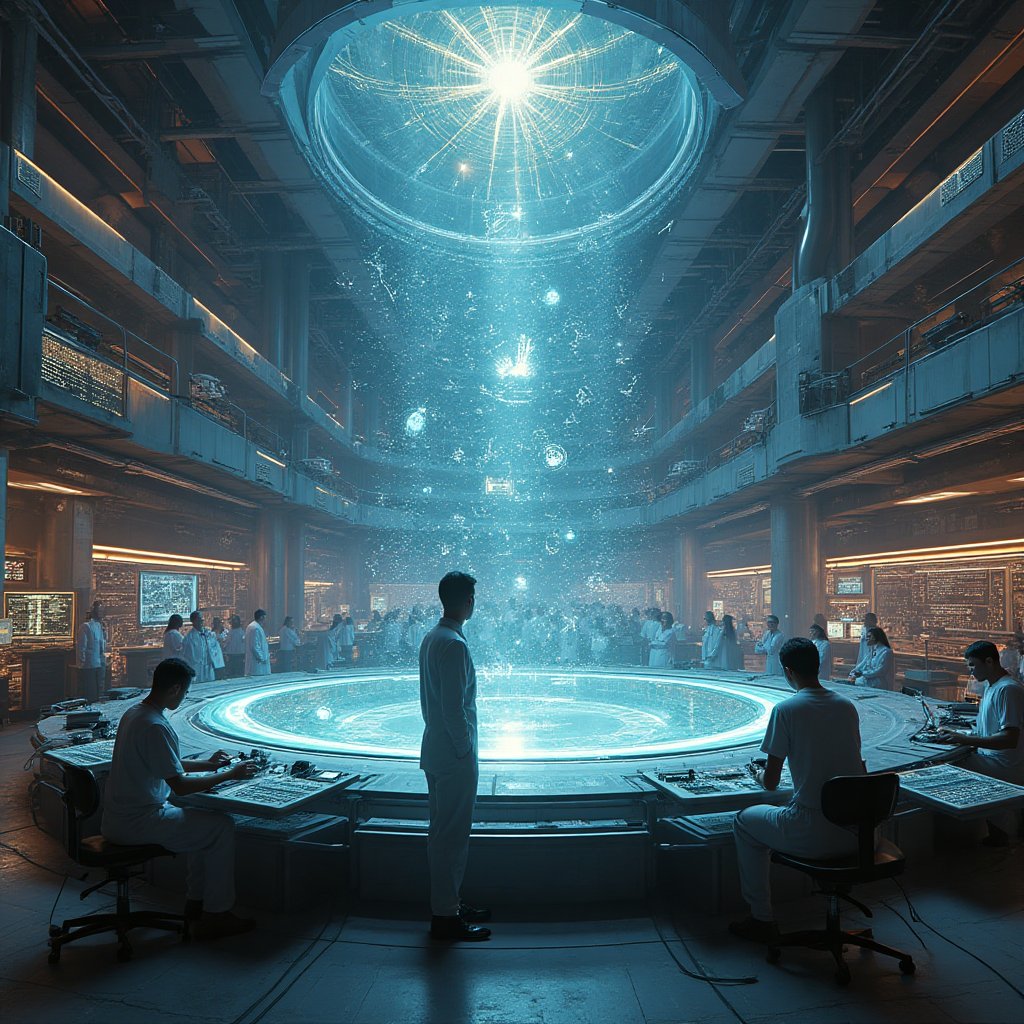

















Post Comment
You must be logged in to post a comment.